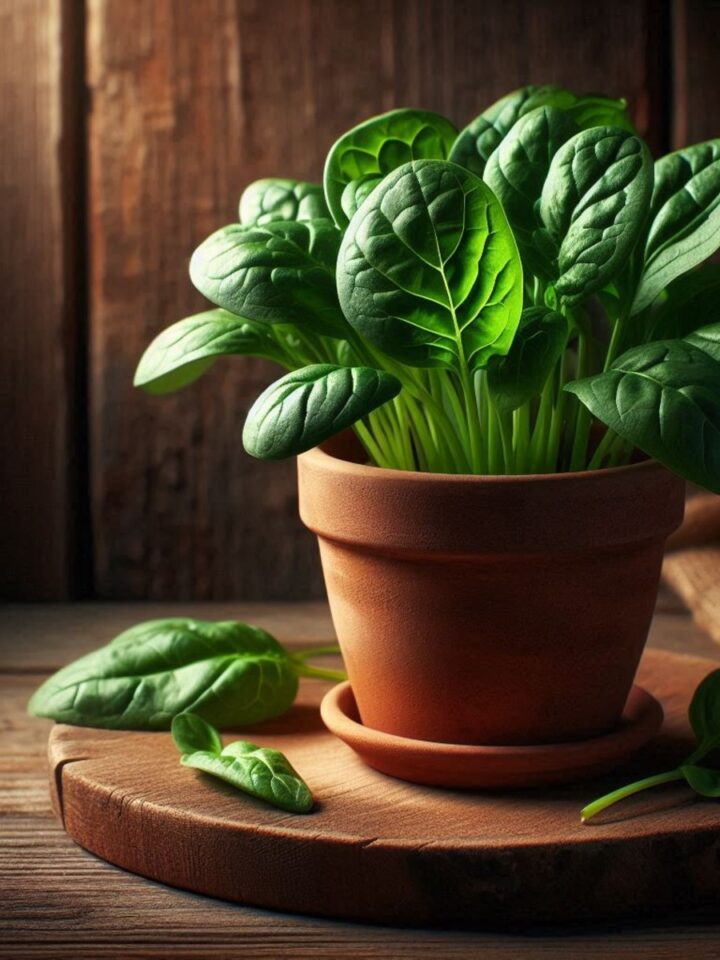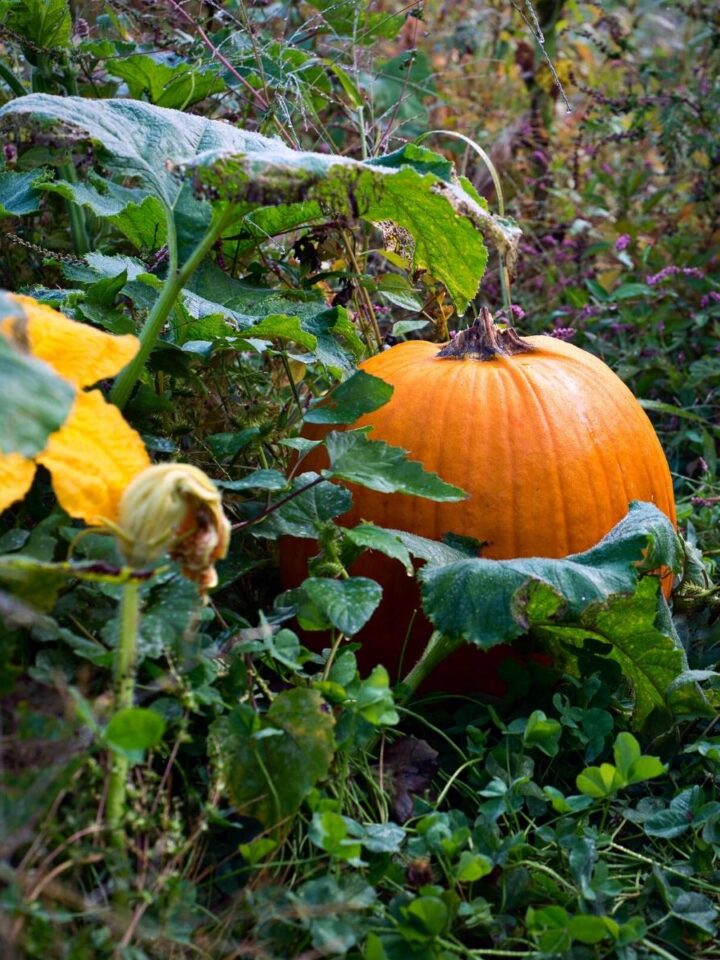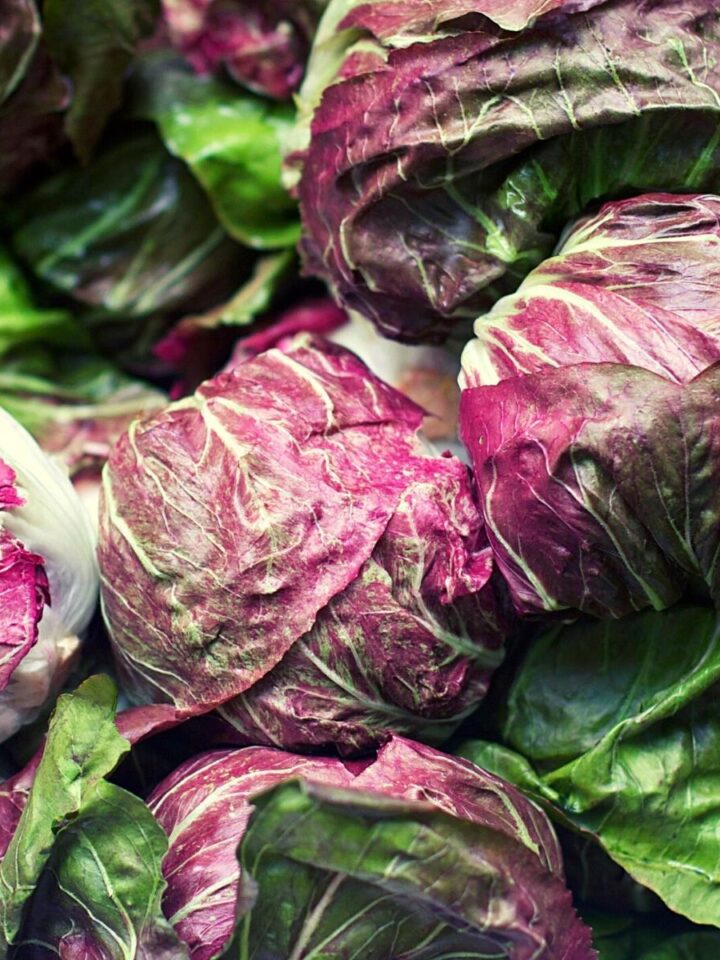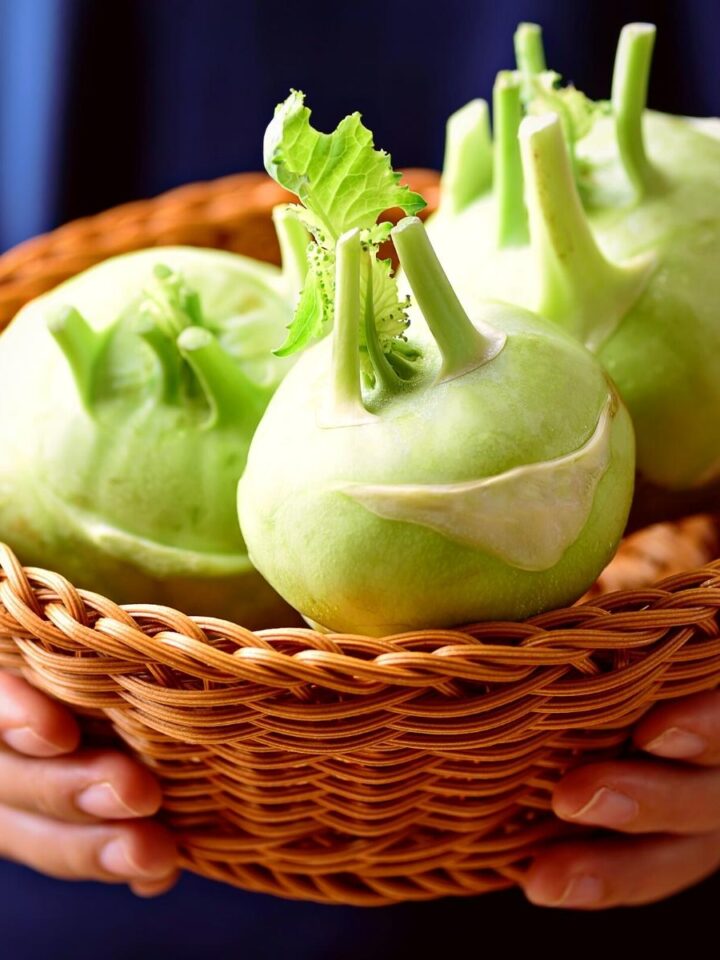This post contains affiliate links, which means I will make a commission at no extra cost to you should you click through and make a purchase. As an Amazon Associate I earn from qualifying purchases.
Parsnips are root vegetables that grow in the ground. They are not as popular as some other vegetables, but they produce good yields and can be harvested earlier than most other roots. Gardening tips for parsnips will teach you how to get the very best out of these healthy veggies!
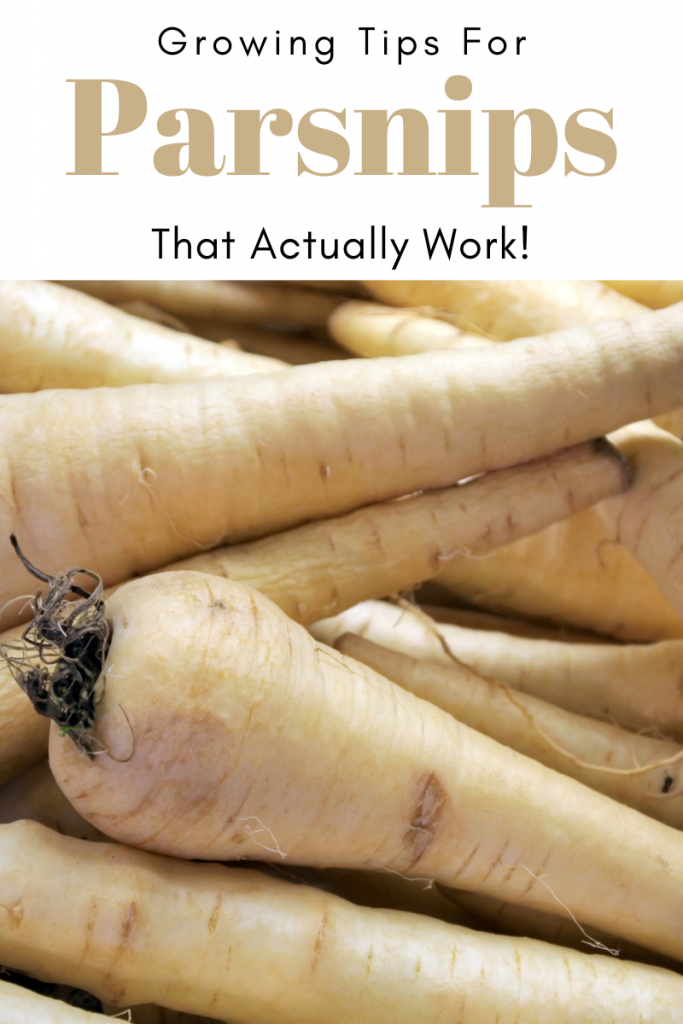
Jump to:
The parsnip is a root vegetable that has a close relationship with both carrots and parsley. Parsnips look like carrots though the former is wider at the base and has a creamy yellow-beige color. They are smooth, complex and are at their best when they are harvested young.
Gardening Tips for Parsnips That Actually Work!
The parsnip is a biennial plant - it takes a couple of years to complete the biological life cycle. In the first growing season, it will only have green leaves, and if it is kept unharvested, it will produce yellow flowers.
In the second year, it will produce a mass of white flowers and can be harvested for its roots. Gardening tips for parsnips recommend harvesting in late autumn after the first frost has set to prevent them from growing too large!
Many people wonder how parsnip taste. Well, the flavor is a bit starchy, just like potatoes and sweet like carrots. In other words, parsnip tastes like a typical root vegetable – whose taste is difficult to explain from the complex flavors. It is a highly nutritious vegetable, and just one serving of this veggie would fulfill at least 25% of your daily Vitamin C needs.
History of Parsnips
The history of the parsnip is as long and varied as it is delicious. It has been cultivated for over 2000 years, with records of its cultivation in Babylonian times - the parsnip was considered a delicacy fit for kings!
The Romans were also fond of these vegetables, and one of the emperors had these vegetables brought from France, where the colder climates allowed the roots to develop a sweet flavor.
The British were also fond of this veggie, and they introduced this to New World in 1609. Although the parsnips are native to Europe, they can be grown anywhere globally due to their hardiness. The parsnip is grown mainly in the Southern part of the US and has become a favorite for the cold climate gardeners.
Benefits of Parsnips
Parsnip is a versatile vegetable with a wide range of nutritional and health benefits due to innumerable nutrients and vitamins. Those with high blood pressure should consider adding parsnips to their diet to get help from the potassium that these vegetables have.
The vegetable's dietary fiber also helps promote gut health, which helps individuals get protected from any infection. Parsnips are also rich in folate, and they have vitamins like B, C, E & K, which are needed for the overall good health of an individual. Because of that, parsnips are also recommended for pregnant women since these can help to promote the development of a healthy fetus.
Who knew?
Basic Parsnip Facts
The seeds germinate slowly. It takes around two to three weeks and even longer in cold soil! One can keep the soil moist to speed up the germination process. It is a good idea to sow the seeds with the radishes to break the soil crust.
Parsnips require the entire growing season, which is around four months, to mature. If planted in spring, they will be harvested in late fall. The major varieties will have roots that reach about 12 inches in length.
Parsnips grow best when the soil temperature is between 59 to 77 degrees F. If it grows in hot summers, then the parsnips should be planted in early summer so that a least four months are left for the first fall frost.
The general rule of thumb is to plant 10 parsnip plants per household member as on plant usually makes one vegetable.
One can eat parsnips raw, just like the carrots. For this, you need to wash the vegetables, peel the skin off and cut it into pieces. They are sweet and delicious and make for a wonderful salad when paired with sliced apples and walnuts. You can also enjoy parsnips in boiled, steamed, fried, or sauteed form.
Gardening Tips for Parsnips: Soil
It is important to have good soil for parsnips. Soil should be fertile and well-drained. You should also work on the soil, getting it loose and of a fine texture. It will help if you put in some compost too, to make the soil better.
Planting
For parsnips, plant them in early to mid-spring. Ideally, they should be a few inches apart but at least an inch and a half deep when planted with the root end facing down. You can water it twice daily for about two weeks before covering up the soil completely. Gardening tips for parsnips that actually work!
Parsnips grow well in soil that has no lumps or rocks and is 12 inches deep. They can grow well with beets, carrots, and root vegetables. Tomatoes and the cabbage family of crops are not good companions to parsnips.
Gardening Tips for Parsnips: Plant Care
Parsnips need moist soil. To make sure that there is no competition for light, water or pests, you must take care to keep the area around your parsnips free of weeds. It's also important to make sure that nothing disturbs the roots of your plants because root maggots can be a problem.
Harvesting Parsnips
Parsnips are mature when they are 130 days old. They need to be lifted with a fork so the roots don't break. The roots can stay in the garden even when it is cold outside, and harvest needs to be completed before warm weather returns again. Parsnips can last 2 months in a fridge or 6 months if they're kept cold and moist.
Enjoying Parsnips
The parsnips are a highly underrated vegetable that is related to carrots but not as sweet as them. The vegetable is best enjoyed in the roasted form as they become sweet little vegetable nuggets. You can serve the roasted parsnips just as you would any roasted vegetable, that is, with chicken, beef, and pork. There are multiple ways to enjoy this vegetable, such as rice, noodles, or mashed potatoes.
The parsnip is not only good as food: its leaves are edible too! All you need to do is cut off any part of the leaf where there might still be dirt or other residues attached from harvesting and chop it into pieces (about one centimeter long). Then boil in salted water until tender, drain them, season with butter and enjoy this refreshing side dish on cold days.
Parsnips are versatile and can be used to make soups or stews, baked into cakes, roasted on their own like potatoes, or mashed like turnips. While we like steaming fresh from the ground, they store well so that you will always have some handy when needed (just remember to seal them tightly).
The flavor varies depending on how you cook them: if boiled then eaten cold; if fried then served hot; if roasted then served warm.
Easy Parsnip Recipe
This Garlic Butter Roasted Parsnips recipe is a sweet and delicious offering that has a buttery garlic topping. This dish is perfect for holidays, and you would love to have them every other day!

